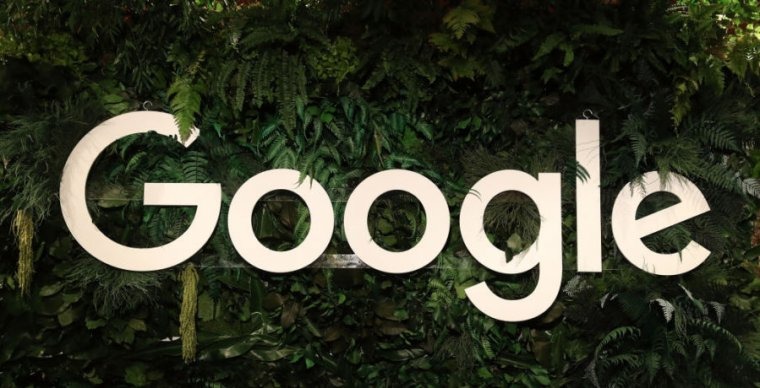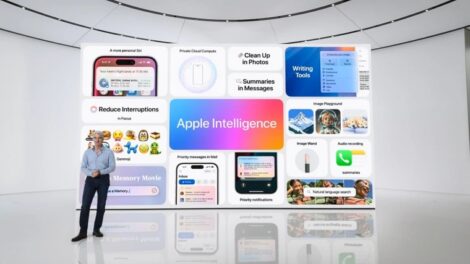Reports suggest Google seeks revamping traditional digital advertising sales team structure and responsibilities via integrating sophisticated AI automation handling campaign creation, analytics, optimization and reporting previously manual undertakings by human representatives.
This proposes an intriguing vision blending machine learning alongside human creativity and relationship building. However, the notion of technology replacing headcounts rightfully casts uncertainty around employment prospects for ad sales divisions already enduring economic turbulence and slumping ad spend.
Let’s analyse feasible applications automating elements of ad sales through responsible AI application, how human capabilities still outweigh limitations of current systems, and both ethical plus practical considerations before rapid unmanned commercialization.
Tasks Primed for Automation Using AI Tools
Certain repetitive, statistics-heavy advertising sales sub-processes lend themselves naturally towards machine learning workflow optimization:
- Ad Design Generation – Layouts created dynamically based on campaign goals, creatives, and historical performance data
- Multi-Variant Testing – Algorithmic model comparisons determining optimal advert permutations
- Campaign Management – Bidding, budget and placement tuning driven by analytical recommendations
- Effectiveness Analysis – Real-time reports gauging effectiveness and suggesting improvements
Structurally realigning sales team bandwidth around strategy and client relations as algorithms crudely emulate their historical tactical duties manifests a prudent path forwards.
Why Human Judgement Remains Invaluable
However, while such technologies unlock prophecy-like insights from lengthy data histories, the value of distinctly human creativity, nuance and interpersonal rapport building should not be discounted.
Even advanced generative AI lacks capacity instilling consumer trust or adjusting complex branding sensitivities crucial campaign messaging resonance with audiences, capabilities no amount of computational brute force manages replicating currently.
Therefore, rather than direct replacement, responsible adoption revolves around analysis illuminating key statistical insights for amplification through human ingenuity – the perfect marriage where each capability strongest.
Training Considerations Determining Responsible Usage
As with any transformative technology, implementing automation changes requires extensive education ensuring teams utilize new AI tools responsibly through comprehensive training covering:
- Interpreting machine learning driven recommendations contextually
- Monitoring automated systems for unacceptable algorithmic biases
- Maintaining accountability over choices rather than blindly accepting machine guidance
Focused training ensures collaborative decisions where algorithmic outputs support teams tackling higher-order tasks like long-term industry forecasting crucial gaining competitive market positioning.
The Outlook for Advertising Sales in An AI-Driven Landscape
Speculatively over longer-term horizons, as barriers preventing seamless human-machine collaboration crumble, the very scope of sales roles likely gravitates from reactive product pushing closer to consultative client advisory perspectives.
When repetitive manual inputs handled computationally, human intellect spends greater energy unlocking unseen confidences and inspirations within customer experiences rather than wrestling widespread quantitative data better processed algorithmically.
And rather than outright culling headcounts, transformations may see smaller highly specialized teams working creatively assisted by adaptable AI technologies built securely and ethically practically from project onset.










Add Comment